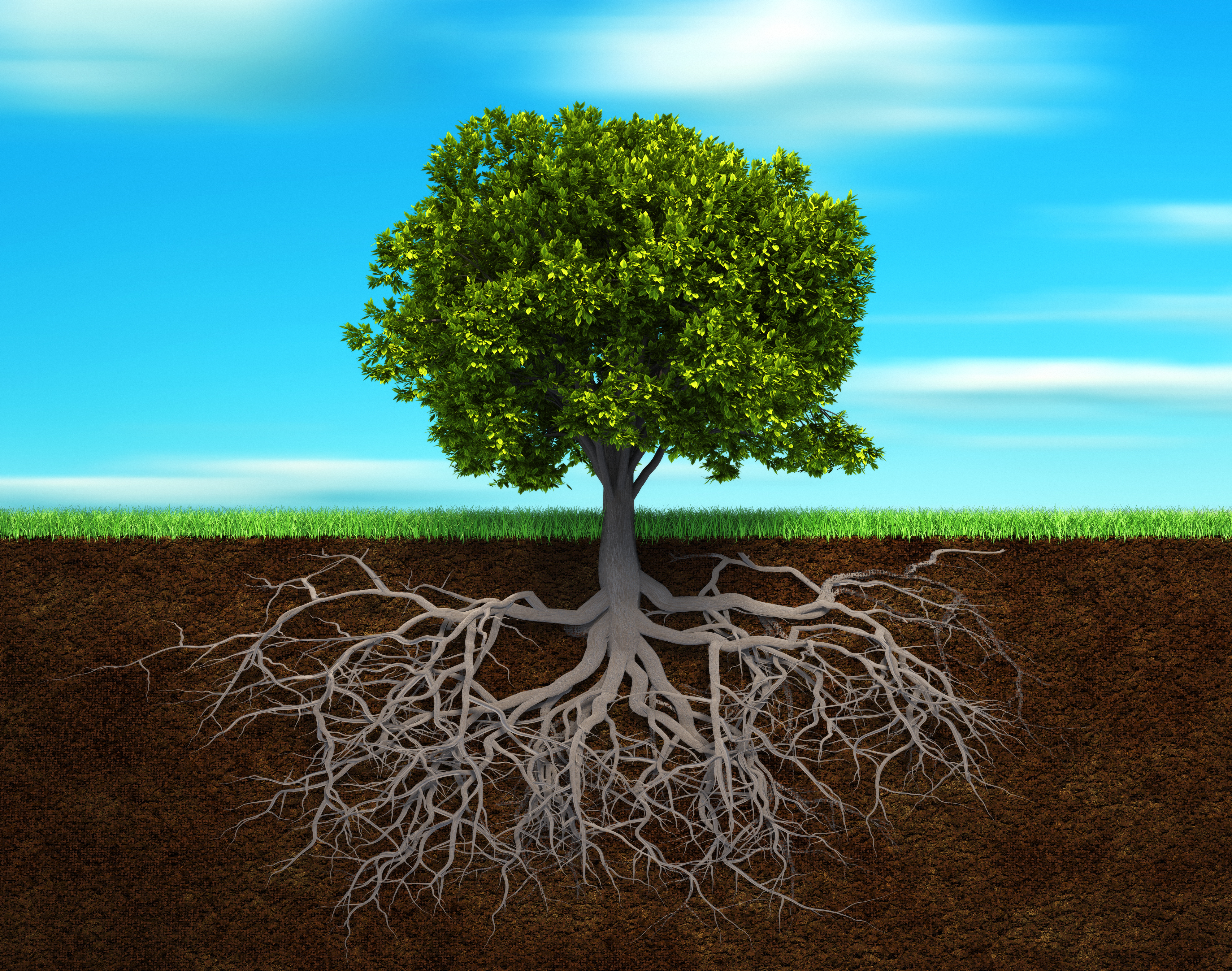How To Improve Your Soil With Granulated Soil Conditioner In Days
Introduction
Soil is the foundation of all plant life, and it's important to keep it healthy and productive. One way to do this is to add granulated soil conditioner. Soil conditioners help improve soil structure by increasing aeration, water holding capacity, and nutrients. They can also help break up compacted clay soils, which can make it difficult for plants to grow.
In this blog post, I will discuss the benefits of using granulated soil conditioner, how to add it to your soil, and what to expect in terms of results. I will also provide some tips for choosing the right soil conditioner for your needs.
Benefits of Using Granulated Soil Conditioner
There are many benefits to using granulated soil conditioner. Here are a few of the most important:
- Improved soil structure: Soil conditioners help break up compacted soil, which can make it difficult for air and water to penetrate. This can lead to root rot, nutrient deficiencies, and other problems. Soil conditioners also help create a more porous soil structure, which allows for better drainage and aeration.
- Increased water holding capacity: Soil conditioners help retain water in the soil, which can help plants survive during periods of drought. This is especially important in sandy soils, which tend to drain quickly.
- Improved nutrient availability: Soil conditioners can help make nutrients more available to plants. This is because they help break down organic matter, which releases nutrients into the soil.
- Reduced erosion: Soil conditioners can help reduce erosion by binding soil particles together. This can help prevent topsoil from washing away during heavy rains or windstorms.
How to Add Granulated Soil Conditioner to Your Soil
Adding granulated soil conditioner to your soil is a relatively simple process. Here are the basic steps:
- Choose the right soil conditioner for your needs. There are many different types of soil conditioners available, so it's important to choose one that is appropriate for your soil type and the plants you are growing.
- Test your soil. Before you add any soil conditioner, it's a good idea to test your soil to determine its pH and nutrient levels. This will help you determine how much and what type of soil conditioner you need to add.
- Add the soil conditioner. The amount of soil conditioner you need to add will vary depending on the type of soil conditioner you are using and the condition of your soil. In general, you will need to add about 1-2 pounds of soil conditioner per 100 square feet of soil.
- Incorporate the soil conditioner into the soil. You can use a garden fork or a tiller to incorporate the soil conditioner into the top 6-8 inches of soil.
What to Expect in Terms of Results
You will start to see the benefits of using granulated soil conditioner within a few weeks. Your plants will be healthier and more productive, and your soil will be more resistant to erosion. In the long term, using soil conditioner can help improve the overall health of your soil, which will benefit your plants for years to come.
Tips for Choosing the Right Soil Conditioner
There are many different types of soil conditioners available, so it's important to choose one that is appropriate for your needs. Here are a few tips for choosing the right soil conditioner:
- Consider your soil type: If you have sandy soil, you will need a soil conditioner that helps retain water. If you have clay soil, you will need a soil conditioner that helps improve drainage.
- Consider the plants you are growing: Some plants prefer acidic soil, while others prefer alkaline soil. Make sure to choose a soil conditioner that will help improve the pH of your soil to the level that is ideal for your plants.
- Read the label: Be sure to read the label of any soil conditioner you are considering. This will tell you what the soil conditioner is made of, how much to apply, and any safety precautions you need to take.
Conclusion
Adding granulated soil conditioner to your soil is a great way to improve the health and productivity of your plants. It is a relatively simple process, and the benefits can be seen within a few weeks. If you are looking for a way to improve your soil, I encourage you to try using granulated soil conditioner.
Are you looking for a way to improve the health and fertility of your soil? If so, then you need to try our granular soil conditioner! Our product is made with natural ingredients that will help to improve drainage, aeration, and nutrient retention in your soil. This will lead to healthier plants and a more bountiful harvest.
To learn more about our granular soil conditioner, please visit our website at Home Gardening. We have a wealth of information on our website, including product reviews, how-to guides, and FAQs. We also offer free shipping on orders over $50.
FAQ of granulated soil conditioner
- What is granulated soil conditioner?
Granulated soil conditioner is a type of soil amendment that is made up of small, porous particles. It is used to improve the physical and chemical properties of soil, making it easier for plants to grow. Granulated soil conditioner can help to improve drainage, aeration, water retention, and nutrient availability.
- What are the benefits of using granulated soil conditioner?
There are many benefits to using granulated soil conditioner, including:
* Improved drainage: Granulated soil conditioner can help to improve drainage by breaking up compacted soil and creating air spaces. This allows water to move more freely through the soil, which can help to prevent waterlogging and root rot.
* Improved aeration: Granulated soil conditioner can also help to improve aeration by increasing the number of air spaces in the soil. This allows oxygen to reach the roots of plants, which is essential for their growth.
* Improved water retention: Granulated soil conditioner can help to improve water retention by absorbing water and releasing it slowly over time. This can help to prevent plants from drying out during periods of drought.
* Improved nutrient availability: Granulated soil conditioner can also help to improve nutrient availability by providing a slow-release source of nutrients. This can help to ensure that plants have a steady supply of nutrients, which can lead to better growth and yields.
- How do I use granulated soil conditioner?
Granulated soil conditioner can be used in a variety of ways, including:
* Mixing it into the soil before planting: This is the most effective way to use granulated soil conditioner, as it will help to improve the soil's properties throughout the entire root zone.
* Applying it as a topdressing: Granulated soil conditioner can also be applied as a topdressing, which will help to improve the surface of the soil and make it easier for water and nutrients to reach the roots of plants.
* Broadcasting it: Granulated soil conditioner can also be broadcast over the soil, which is a good way to improve the overall quality of the soil.
- How much granulated soil conditioner should I use?
The amount of granulated soil conditioner you need to use will depend on the type of soil you have and the desired results. However, a good rule of thumb is to use 1-2 pounds of granulated soil conditioner per 100 square feet of soil.
- What are the safety precautions for using granulated soil conditioner?
Granulated soil conditioner is generally safe to use, but there are a few safety precautions you should take:
* Always wear gloves and eye protection when handling granulated soil conditioner.
* Keep granulated soil conditioner out of reach of children and pets.
* Do not apply granulated soil conditioner to wet soil, as this could create a dust hazard.
Image of granulated soil conditioner
- Image of a bag of granulated soil conditioner with a scoop.
- Image of a pile of granulated soil conditioner on a potting table.

- Image of a hand scattering granulated soil conditioner over a plant.

- Image of a close-up of granulated soil conditioner, showing the individual granules.
- Image of a soil test kit with a section for testing granulated soil conditioner.

- Image of a garden hose spraying granulated soil conditioner onto a lawn.

- Image of a tree with a healthy root system, thanks to the use of granulated soil conditioner.

- Image of a flower bed with lush, green plants, thanks to the use of granulated soil conditioner.

- Image of a gardener smiling and holding a bag of granulated soil conditioner, satisfied with the results.
- Image of a quote that says, "Granulated soil conditioner: the secret to healthy plants."


Post a Comment for "How To Improve Your Soil With Granulated Soil Conditioner In Days"